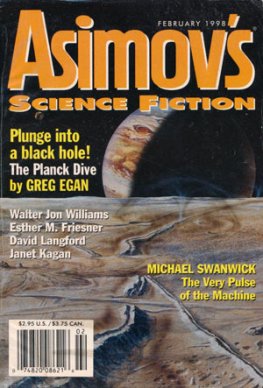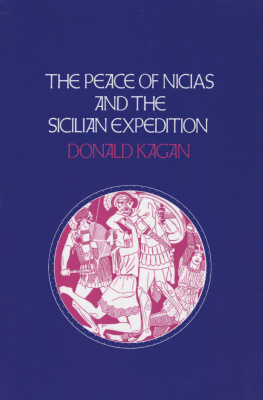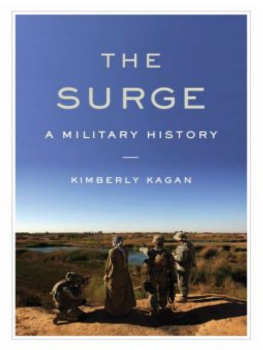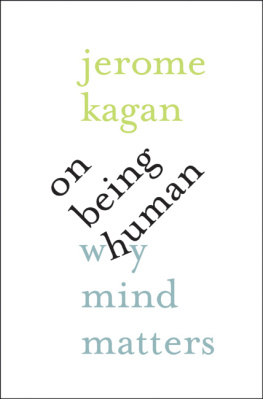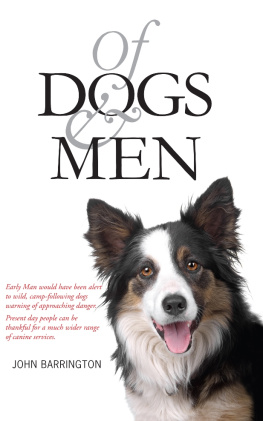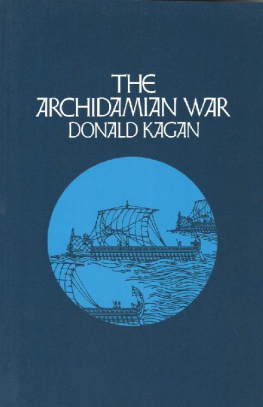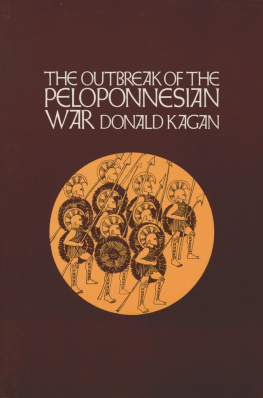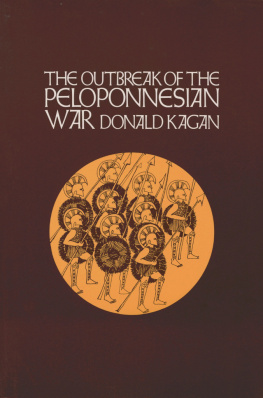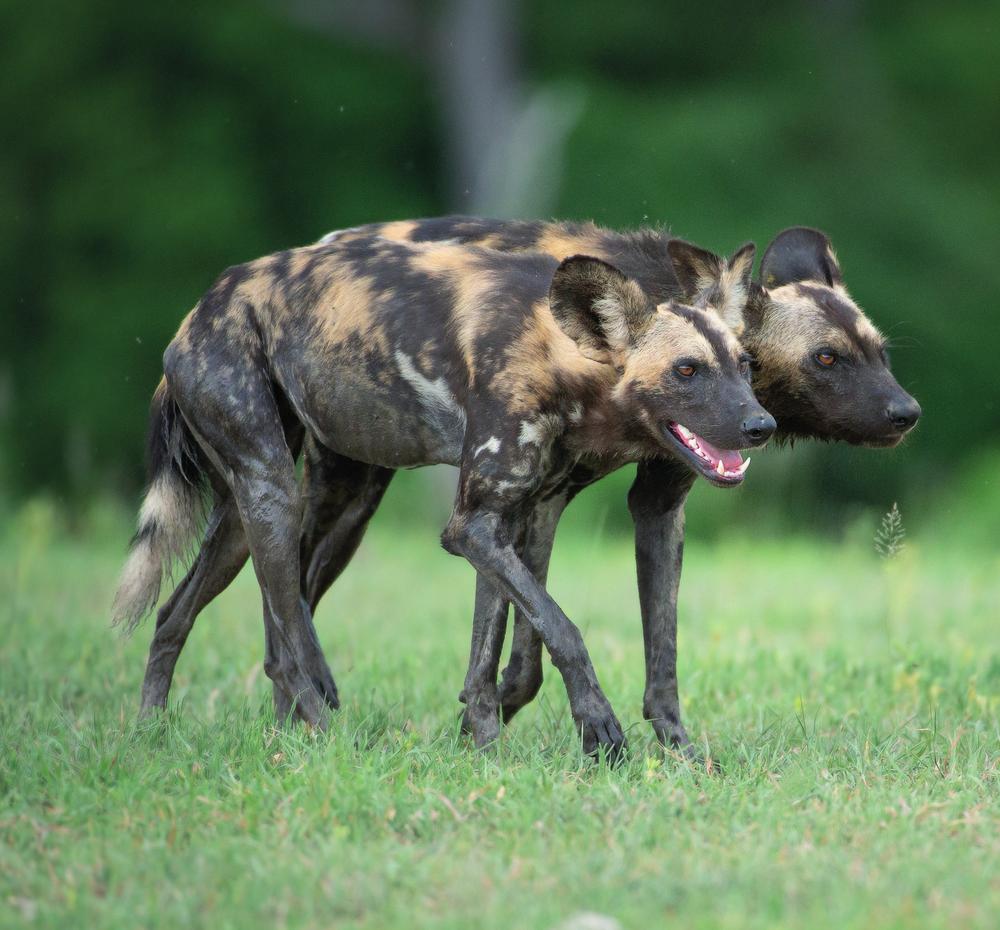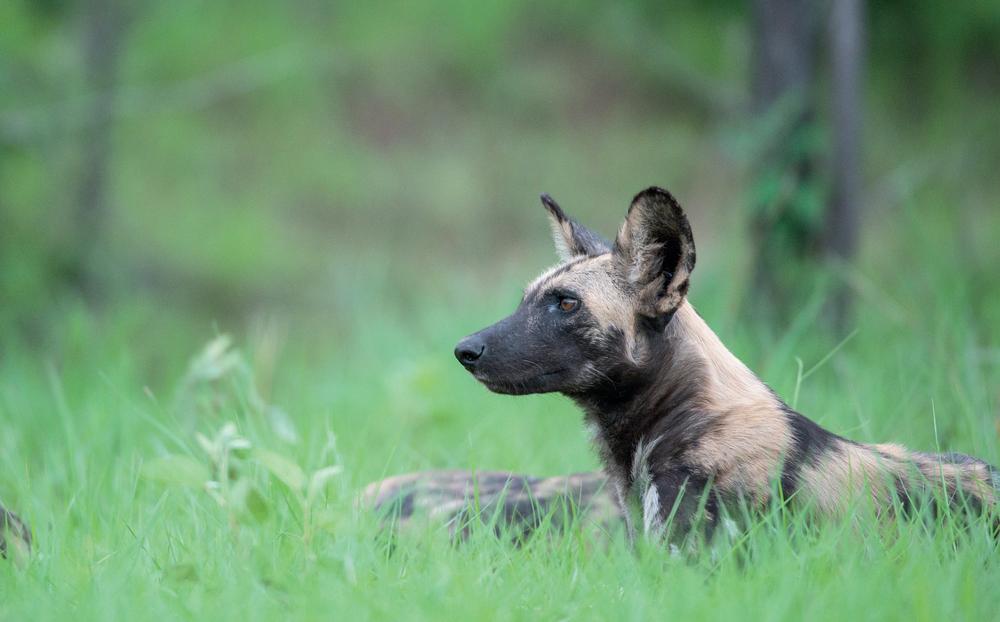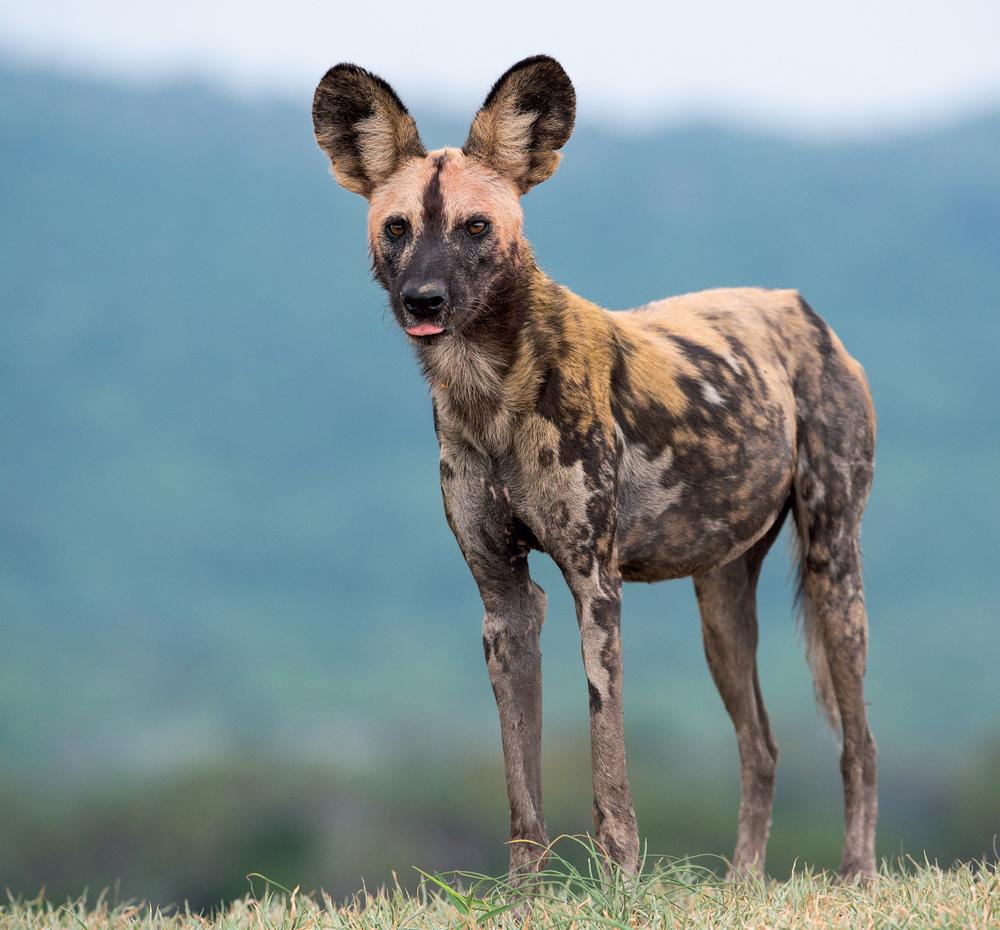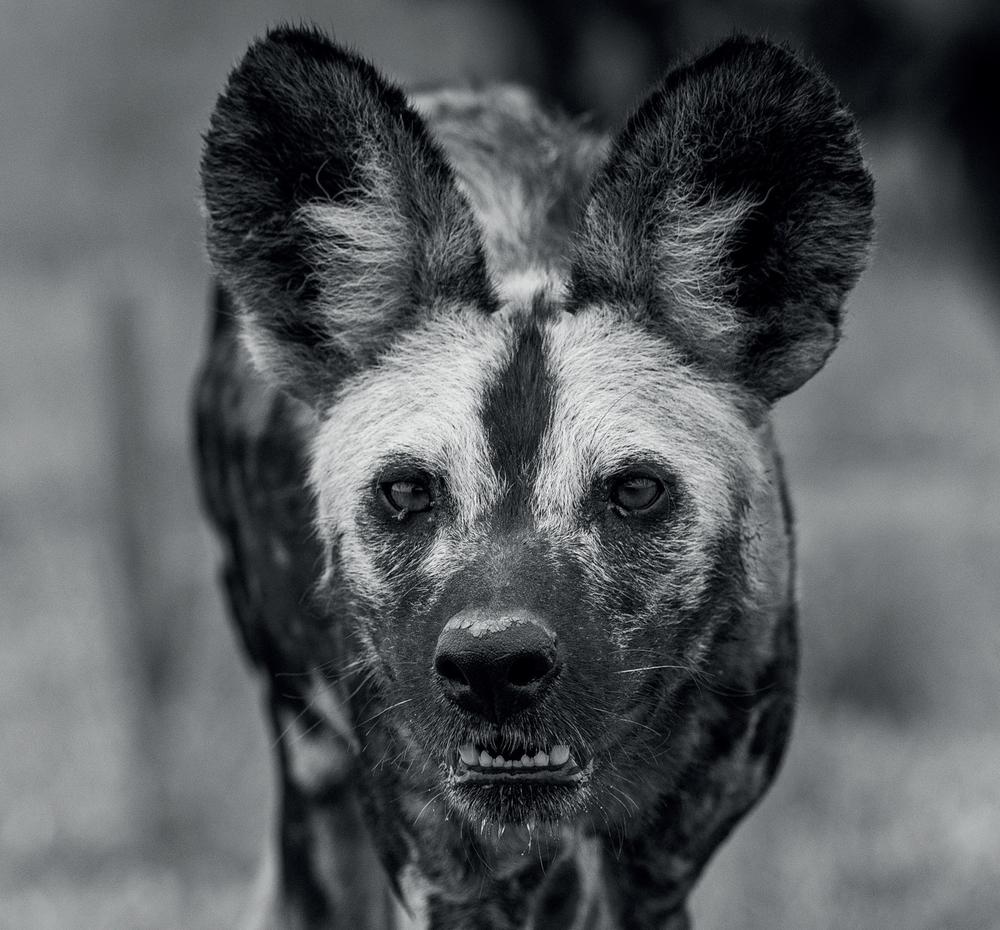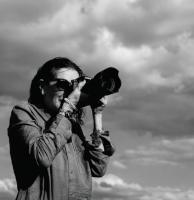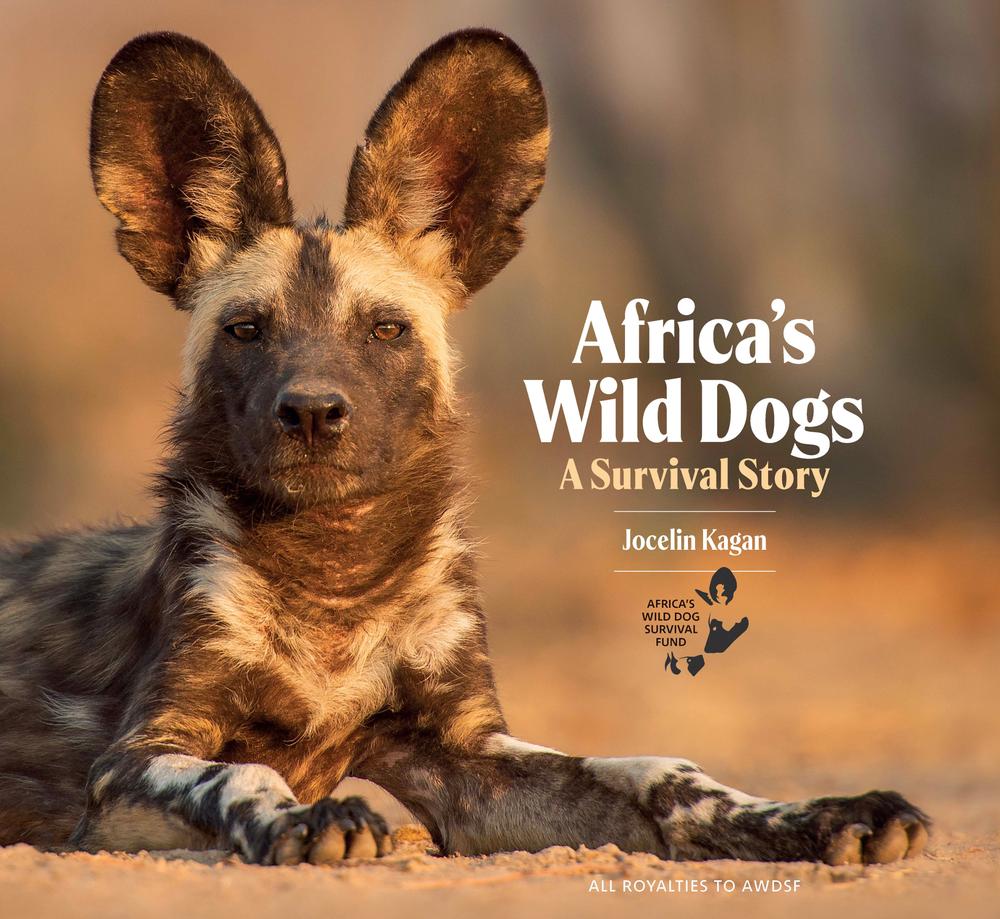
For Tamerine and Maggie-Dash
And my great nieces and nephews Leora, Sophia, Emma, Alex and Daniel
Speak out loudly for the animals of the planet, without them our world lacks spirit.
Contents
- FOREWORD
Mike Gunton Creative Director BBC Natural History Unit - INTRODUCTION
Jocelin Kagan celebrates the iconic nomads of the bushveld - SECTION ONE
FAMILY MATTERS
The social dynamics of a wild dog pack - Growing Up
A new generation of puppies is cared for by the pack - Play is Pivotal
Fun, frolics and learning together - The chase
A savvy wildebeest turns the tables - Keeping in touch
Dr Peter Apps explores how wild dog packs communicate in a vast environment - United in grief
Mourning the loss of a family member - SECTION TWO
MALIGNED MISUNDERSTOOD & ENDANGERED
Human perceptions and wild dog survival - Sneeze to leave
Reena Walker explains a unique process of decision-making - Off to hunt
The pack pursues an impala - Hot dogs
The effects of climate change on wild dogs - Hyaena v Wild Dog
The dynamics and differences - Baboon hunt
An anomaly in a wild dogs diet - Snared
Dr Rosemary Groom describes the devastation wreaked by wire snares - Competition and connectivity
Professor Scott Creel explores competition and connectivity - Painted Wolf Conservancy
Nick Murray explains how protecting elephants saves wild dogs - Growing wild dog populations
Dr Harriet T Davies-Mostert reports on reintroductions and translocations; Dr Dave Druce describes hands-on management - Curiosity
A close encounter initiated by wild dogs
Mike Gunton
Creative Director,
BBC Natural History Unit
A frican wild dogs, or painted wolves as they are sometimes called, are smart, sociable hunters. Many people, myself included, see them as charismatic, enterprising and impressive animals that deserve their place in the pantheon of great African predators. Yet, for many years wild dogs have been subject to a very bad press seen as vermin and a threat to livestock, they have suffered relentless persecution. As a result their future is under threat today their numbers have declined to less than 6,600 individuals.
Although Ive watched wild dogs on many occasions I only really got to know them during the making of the recent BBC TV series Dynasties. As a wildlife film-maker Im always on the lookout for stories that will bring new insights into the natural world. Since my early years at the BBCs Natural History Unit I wanted to tell the stories of individual animals, rather than create more general narratives about a species. In this way I think audiences feel more engaged, more invested, and as a result they come to understand more about an animals life and the challenges it faces. Dynasties was the perfect opportunity to take this approach to its logical conclusion and devote a whole episode to following the lives of a single family of animals.
In many ways Dynasties was a risky project and making the right choice of subject for each film was critical. Initially, there was some nervousness about selecting painted wolves (as we referred to them) as the stars of an episode. But it seemed to me that this was the perfect chance to, at last, give this photogenic animal the worldwide audience it deserved. Quite soon we realised it was the right choice once you train the lens on these animals you cant tear yourself away and it was gratifying to see that the audience of the finished film seemed to feel the same way too. Wild dogs do get under your skin!
There is no doubt that is true for photographer Jocelin Kagan. I had the pleasure of meeting Jocelin at the launch of the Painted Wolves episode in Zimbabwe. The obvious enthusiasm she had for photographing the dogs was similar in spirit to the approach we take when shooting for television always on the look-out for those magical moments when, thanks to the camera and the skill of the photographer, you can enter into the private world of a particular animal and learn to appreciate just how extraordinary and inspirational they are.
Since our first meeting, Jocelin has impressed me with the way she has continued to celebrate the dogs through her photography. The result is Africas Wild Dogs A Survival Story. It is a labour of love and its release is a landmark moment for a photographer with the best interests of her subject at heart. That Jocelin intends all royalties from the book to go towards protecting the dogs through her new foundation, Africas Wild Dog Survival Fund, is testament to her approach.
I am delighted to be given the opportunity to write in support of Jocelins work, which Im convinced will add to a growing call for the future of wild dogs to be protected.
Jocelins tenacity in the field, her discerning eye for remarkable images, together with an array of experts she has invited to add further insight, ensures that in this lovely book we can now all enjoy better understanding of the lives of one of Africas great predators. 
If you reveal your secret life to me
I can show the world your strength and beauty
Caring mother that you are
Secret hunter super star
You will help to set me free
John Varty
Did I feel afraid? Not at all. I felt exhilaration cruising through my veins at having these predators so close to me.
Jocelin Kagan
C urious, inquisitive, painterly-patterned in rich black, white and tan, a young pup steps closer and closer. Satisfied he is safe, he sits, sphinx-like and watches me. At five months, this African wild dog pup projects a tangible sense of self-assurance despite his youth. His huge ears turn like satellite dishes searching for a signal as he looks deep into my eyes. His own dark eyes seem to ask, Who are you?


